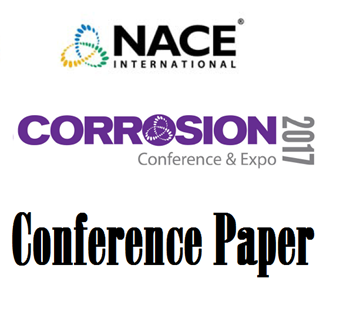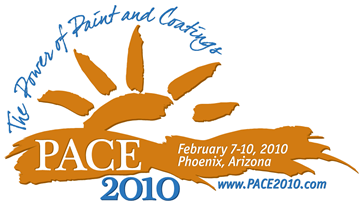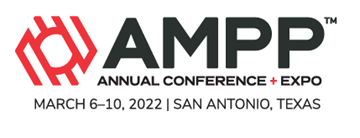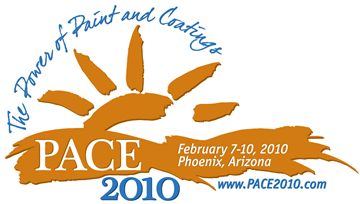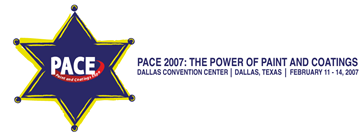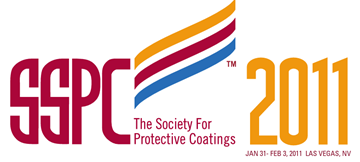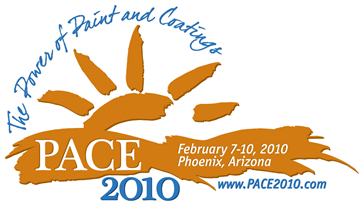Search
Conference Papers
View as
Sort by
Display
per page
The Use of VCI Inhibitors in Conjunction with or Replacement of Traditional Corrosion Inhibitors
Product Number:
51319-13079-SG
Publication Date:
2019
$20.00
The Use of VCI Inhibitors in Conjunction with or Replacement of Traditional Corrosion Inhibitors
Product Number:
51219-176-SG
Publication Date:
2019
$20.00
The Validity of Using ASTM A923 Practice for Weld Procedure Qualification of 2507 Duplex SSs
Product Number:
51317--8838-SG
ISBN:
8838 2017 CP
Publication Date:
2017
$20.00
The Value of Quality and the QP1 Contractor; An Owners Perspective
Product Number:
41210-579-SG
Publication Date:
2010
$20.00
The Virtual Corrosion Engineer For Soil Side Corrosion Prediction And Cathodic Protection Status Monitoring
Product Number:
51322-17677-SG
Publication Date:
2022
$20.00
The Viscosity of H2O-B(OH)3-LiOH Solutions
Product Number:
51317--9413-SG
ISBN:
9413 2017 CP
Publication Date:
2017
$20.00
The VOC Odyssey: An Epic Tale of the Green World of Coating Formulators
Product Number:
41210-559-SG
Publication Date:
2010
$20.00
The Weakest Link’ & ‘HRCSA’ Coatings Technology The Cost, Cause & Cure for Corrosion
Product Number:
51219-206-SG
Publication Date:
2019
$20.00
The West Virginia State Capitol Dome: Lessons Learned from a Failing Finish
Product Number:
41207-361-SG
Publication Date:
2007
$20.00
The Williamson Free School of Mechanical Trades- The Glen Stevick Structural Coatings Technology Course
Product Number:
41211-592-SG
Publication Date:
2011
$20.00
The World Marketplace for Protective Coatings - Opportunities and Trends
Product Number:
41210-531-SG
Publication Date:
2010
$20.00
Theoretical Study of Corrosion of Corrosion-Resistant Alloys in Chemical Processes Environments including Mixed Acids and Salts using a Mechanistic Model
Product Number:
51321-16479-SG
Publication Date:
2021
$20.00





